Today’s stroll Kamakura
Kamakura is a popular tourist destination that is easily accessible from Tokyo. Surrounded by the sea and mountains, it is a land of rich nature and history with many temples. In such Kamakura, let’s stroll from Gokurakuji Station to Hase Station on the Enoshima Electric Railway.
- Today’s route
- A.Take the Enoden to “Gokurakuji” station.
- B.Gokurakuji Temple” overflowing with compassion
- C.Kamakura ancient road “Kiridoushi”
- D.”Joujuin” a temple of hydrangeas
- E.“Chikaramochiya”a 300-year-old Japanese sweets shop
- F.Gongoro Shrine” founded in the late Heian Period
- G.(Goal) Hase Station
- Review of route
- Access to Gokurakuji Station
- Parking around Kamakura
- Kamakura stroll Official Website
- Recommended around Kamakura
Today’s route
A.Take the Enoden to “Gokurakuji” station.
B.Gokurakuji Temple” overflowing with compassion
C.Kamakura ancient road “Kiridoushi”
D.”Joujuin” a temple of hydrangeas
E.“Chikaramochiya”a 300-year-old Japanese sweets shop
F.Gongoro Shrine” founded in the late Heian Period
G.Hase Station
A.Take the Enoden to “Gokurakuji” station.
To get to Gokurakuji Station, take the train nicknamed “Enoden” from Kamakura Station. The Enoden is a four-car train that connects Kamakura and Fujisawa stations. It runs between the eaves of private homes, along the seaside, and in the middle of public roads.
The fourth station from Kamakura Station is Gokurakuji Station. Departing from the third station, Hase Station, which is the meeting station for the upper and lower lines, the train passes through the only tunnel on the Enoden line to reach Gokurakuji Statio
The station is a very small station with only one platform, surrounded by greenery. The old wooden station building has been selected as one of the 100 best stations in the Kanto area. The cute station building is also used for filming dramas and movies.


On the Gokurakuji River that flows in front of the station, a now-disused sluice gate remains like an objet d’art.
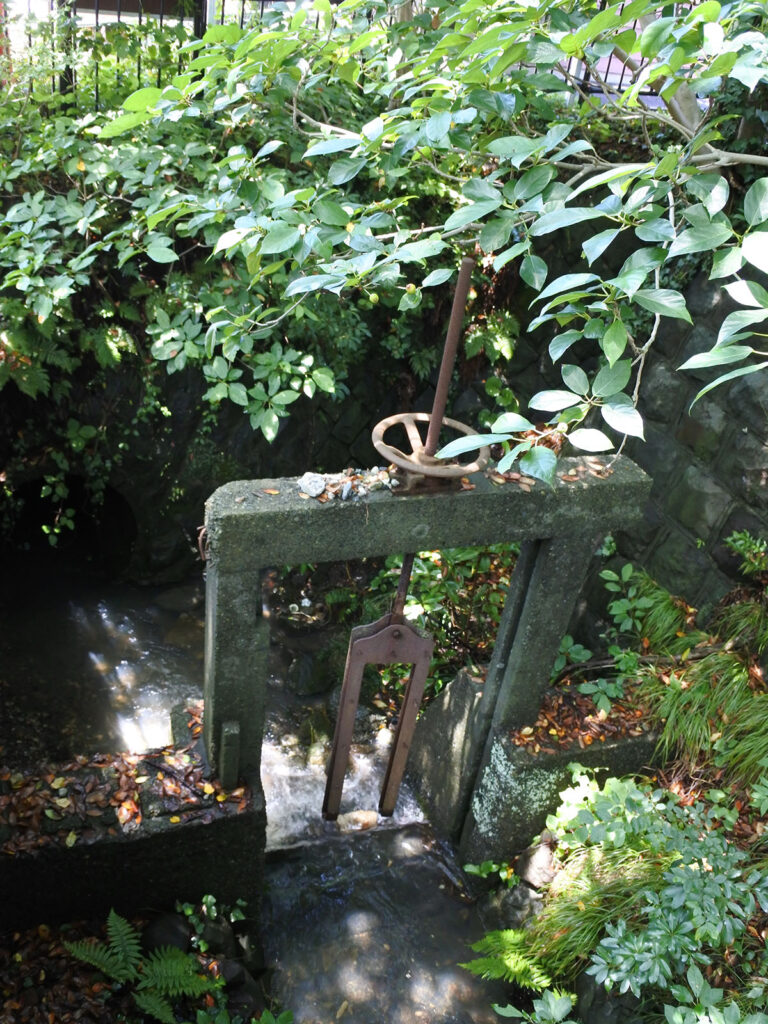
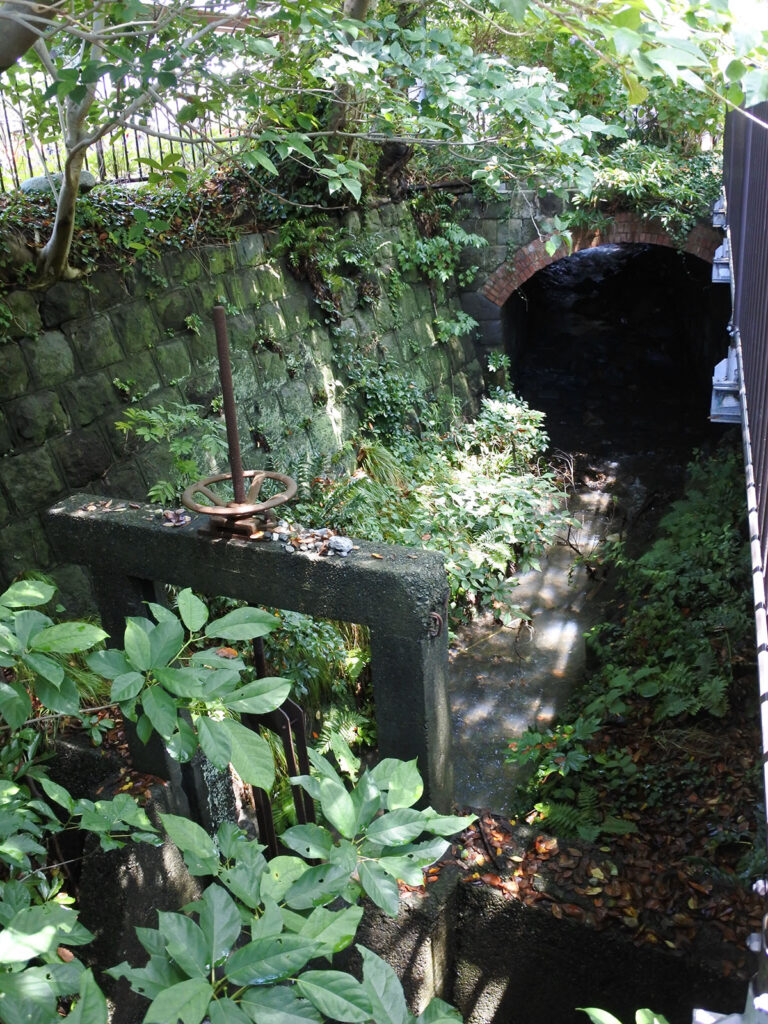
Along the street, there is a hall of a Jizo statue that watches over people walking down the street.
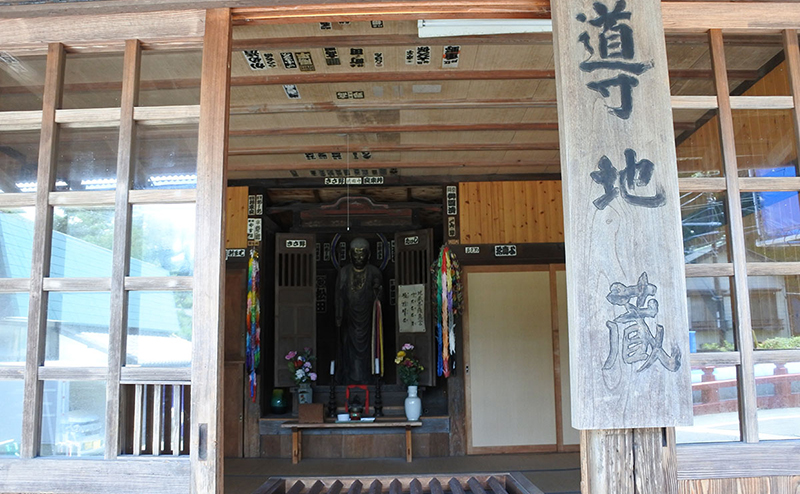
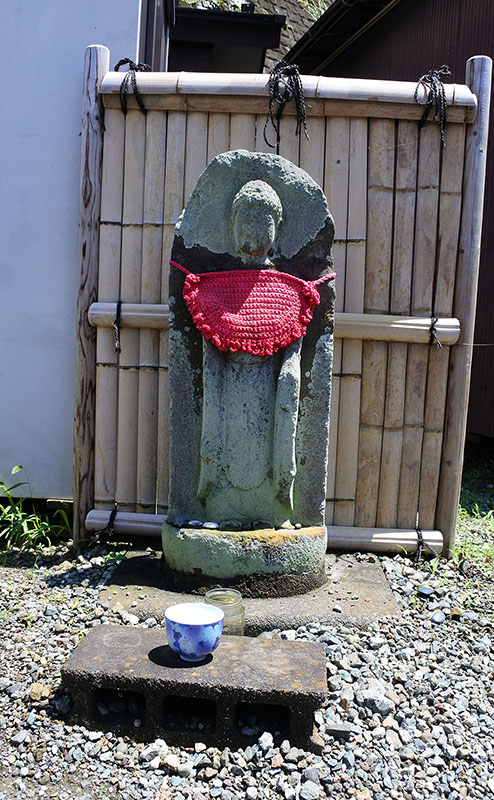
B.Gokurakuji Temple” overflowing with compassion
Gokurakuji Temple is a 5-minute walk from the station.
The temple was built in 1259 by the monk Ninshou, and in its heyday was a large temple with 49 pagodas in addition to a main hall, a lecture hall, and a three-story pagoda.
However, the temple was destroyed in battles, fires, and earthquakes, and today the main temple consists of the temple gate and the only remaining building, Kichijoin.
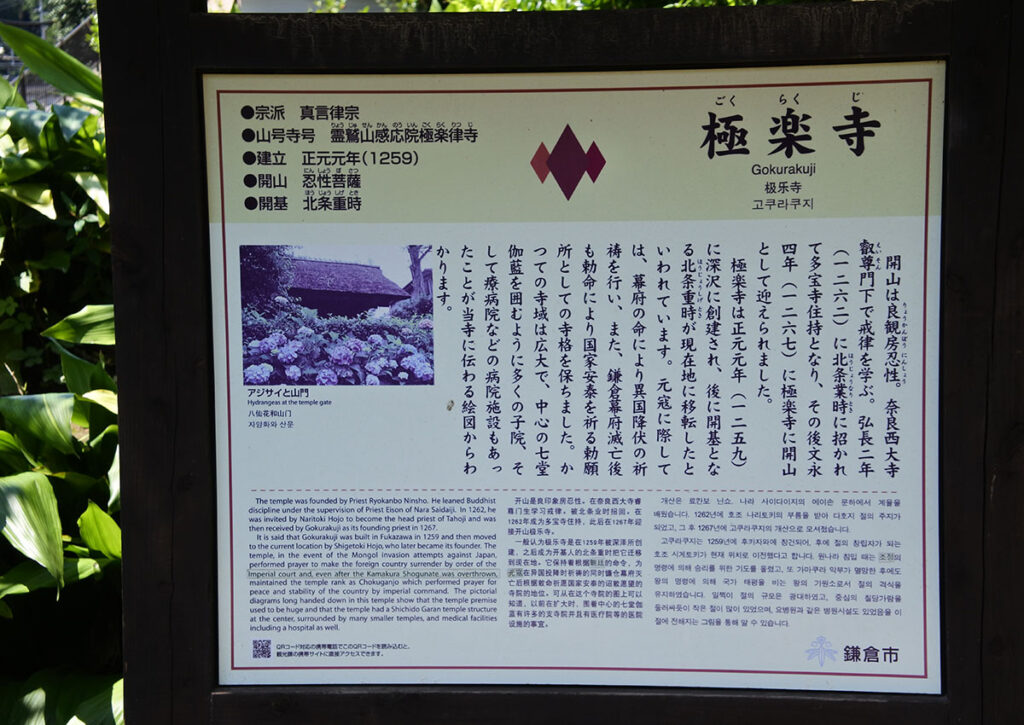

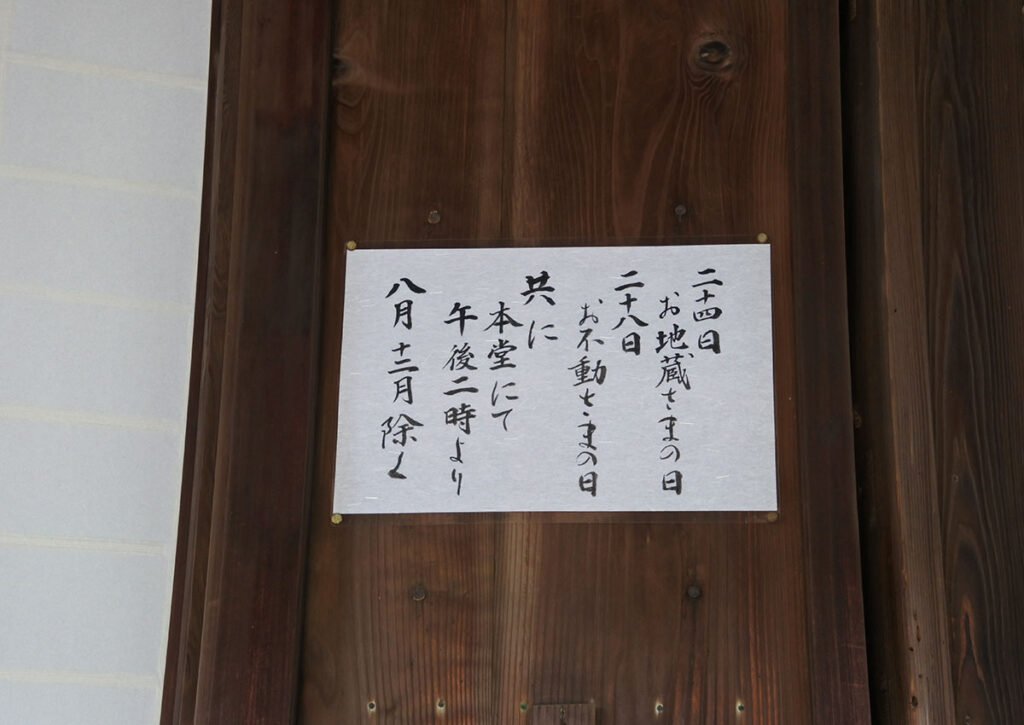
Ninshou was a monk of the Kamakura period, born in Nara and spent the latter half of his life in Kamakura, where he devoted himself to helping the poor, leprosy patients and other socially vulnerable people. He built a house to help people at Gokurakuji Temple and brought leprosy patients on his back. He also built huts for sick and old cows and horses. His efforts to help the weak are regarded as the beginning of volunteer welfare activities.
Ninshou’s tomb can be visited only on April 8 each year.
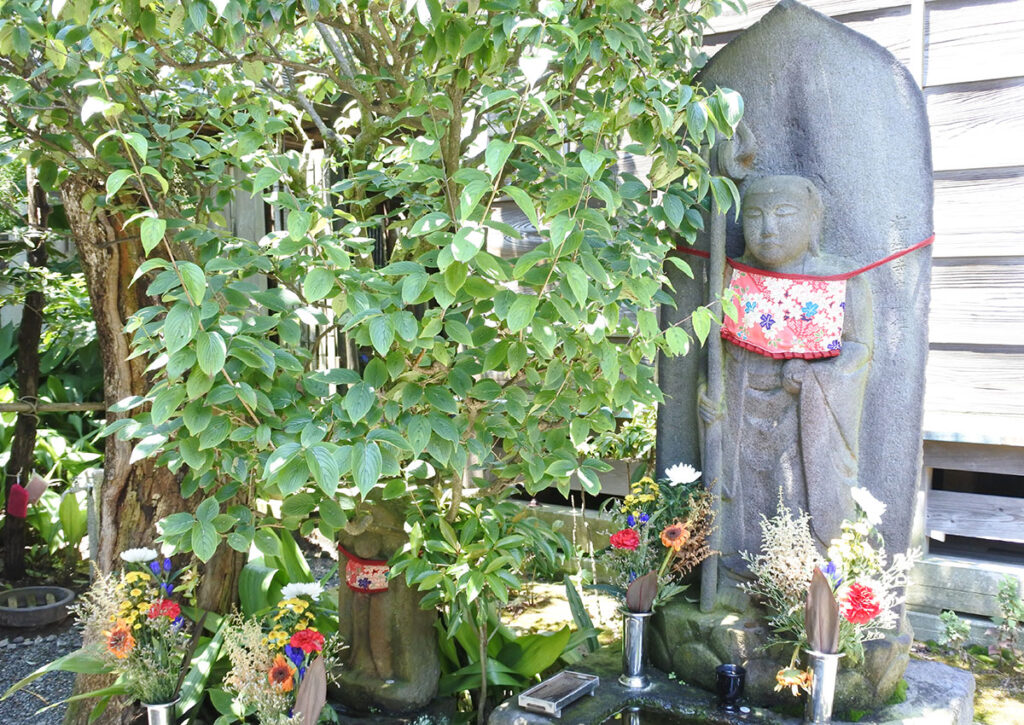
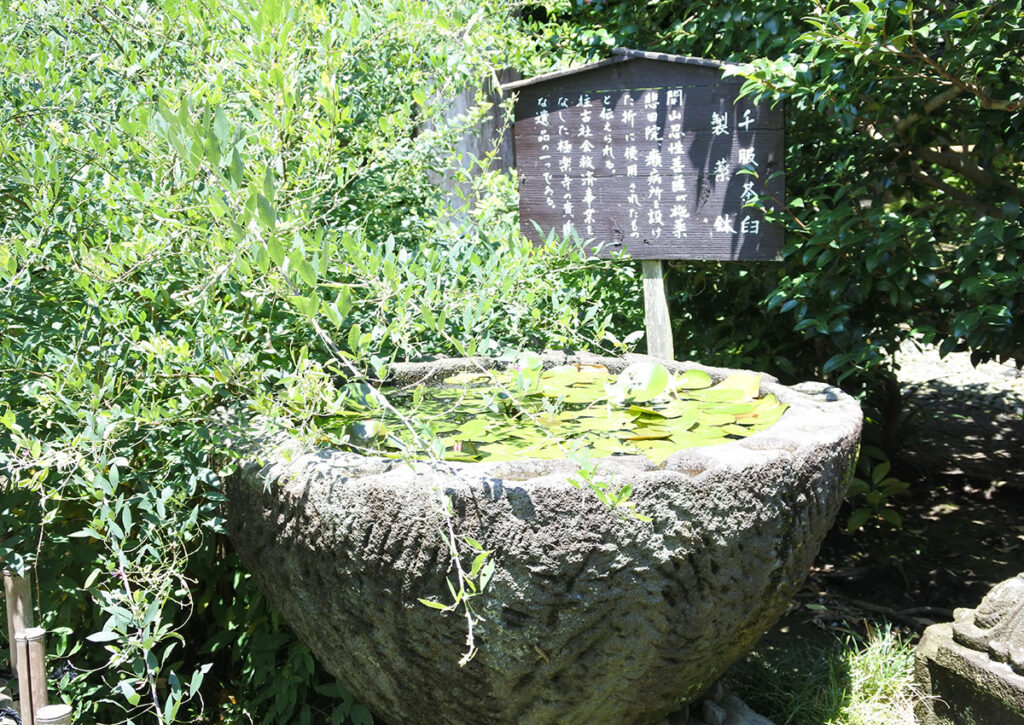
C.Kamakura ancient road “Kiridoushi”
Kiridoushi is a road cut through the mountains to enter Kamakura, which is surrounded by mountains on three sides. Gokurakuji-zaka is one such road, which now passes from Gokurakuji Station toward the coastline.
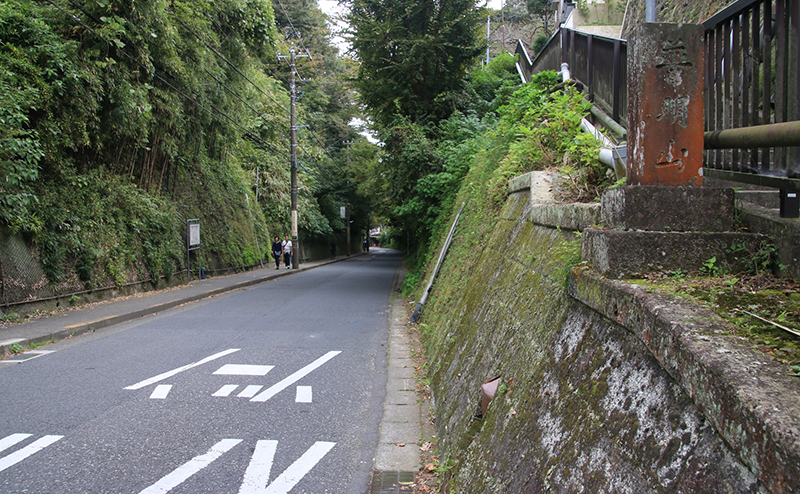
D.”Joujuin” a temple of hydrangeas
Joujuin Temple is located on the way down Gokurakuji Hill. The stone steps leading to the temple gate are planted with hydrangeas, which attract many visitors during the season. In front of the temple gate, there is a great photo spot with a view of the sea of Kamakura. Although the temple grounds are small, visitors can enjoy seasonal flowers.
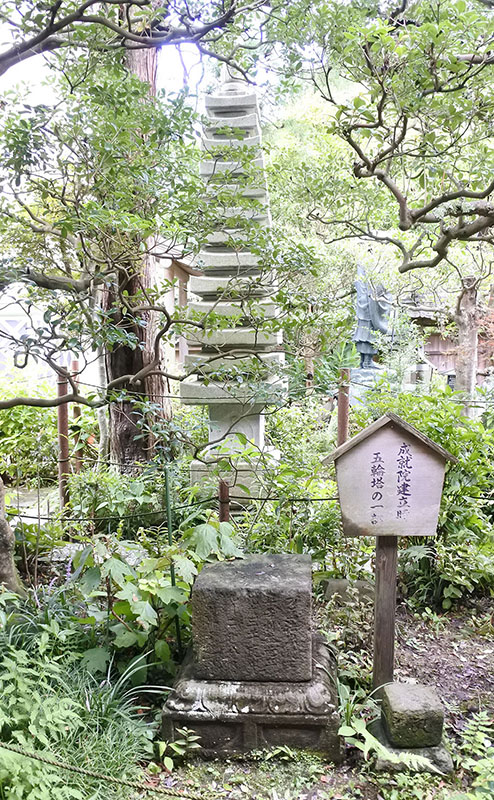

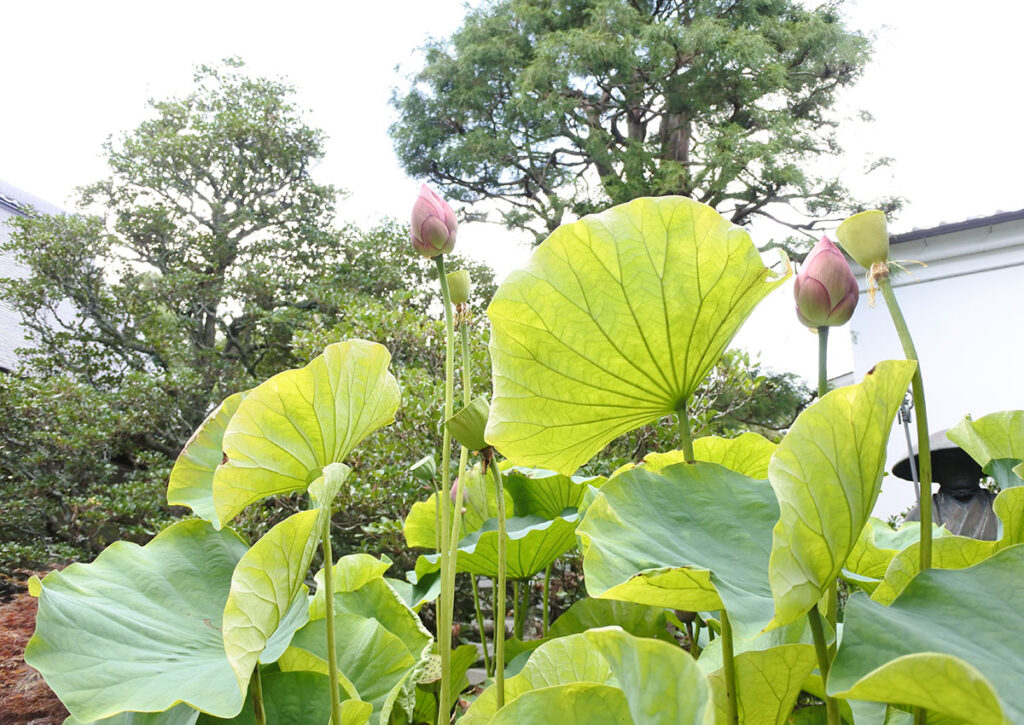
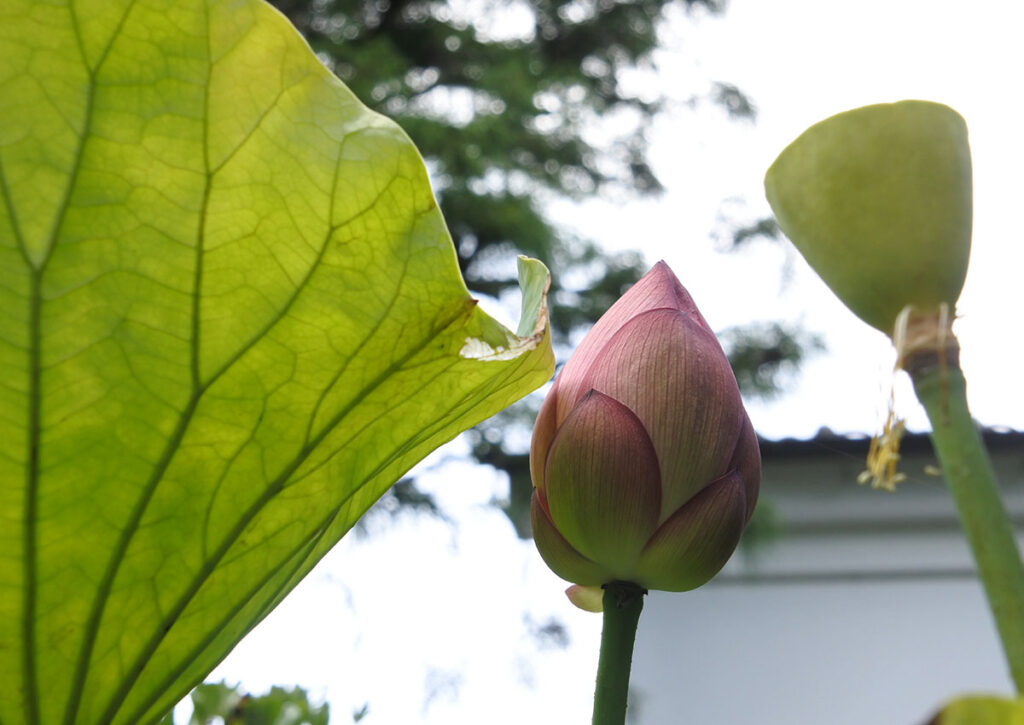
📷Photo spot with the sea of Kamakura in the background
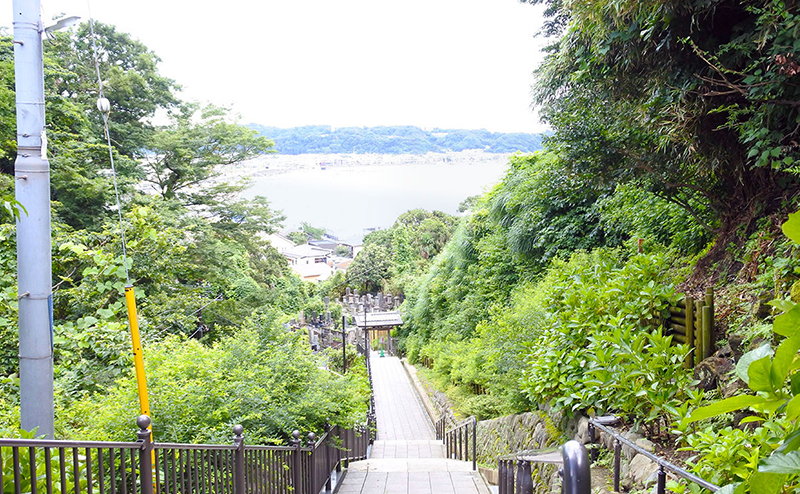
E.“Chikaramochiya”a 300-year-old Japanese sweets shop
Located at the bottom of the hill, Chikaramochiya is a Japanese sweets shop that has been in business for more than 300 years. The store’s standard item, “Gongoro Chikaramochi,” is a simple wagashi made of freshly made rice cake wrapped in azuki beans. The shop has maintained its homemade and additive-free production method since its establishment, and it continues to be loved as a standard Kamakura souvenir. Gongoro Chikaramochi comes in two types: a fresh rice cake type that can be consumed on the same day, and a Gyuhi type that lasts up to three days.

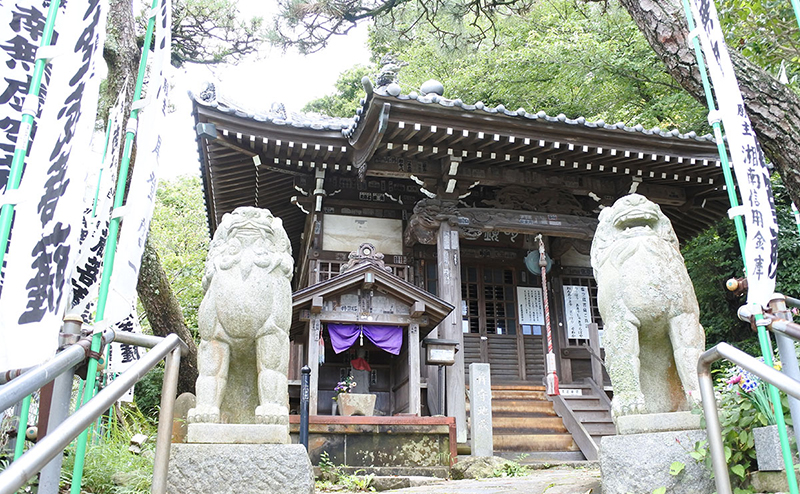
In front of the store is a stone monument to Gongoro Shrine, which is also the name of the Chikara Mochi product. Turn left and follow the path. Cross the Enoden railroad tracks and you will find Goryo Shrine (Gongoro Shrine).
F.Gongoro Shrine” founded in the late Heian Period
Goryo Shrine, nicknamed Gongoro Shrine by the locals, has been in existence since before Minamoto no Yoritomo established the shogunate in Kamakura. It was built to worship the ancestors of the five families that ruled Kamakura in the late Heian period: Oniwa, Kajiwara, Nagao, Muraoka, and Kamakura. It eventually became a shrine dedicated to Kamakura Gongoro Kagemasa alone, who was highly honored for his bravery.

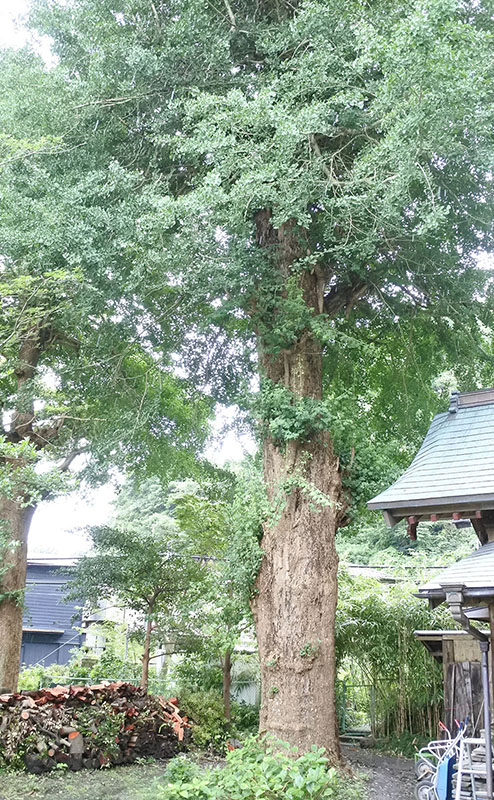

G.(Goal) Hase Station
Heading to Hase Station on the Enoden, today’s stroll comes to an end.
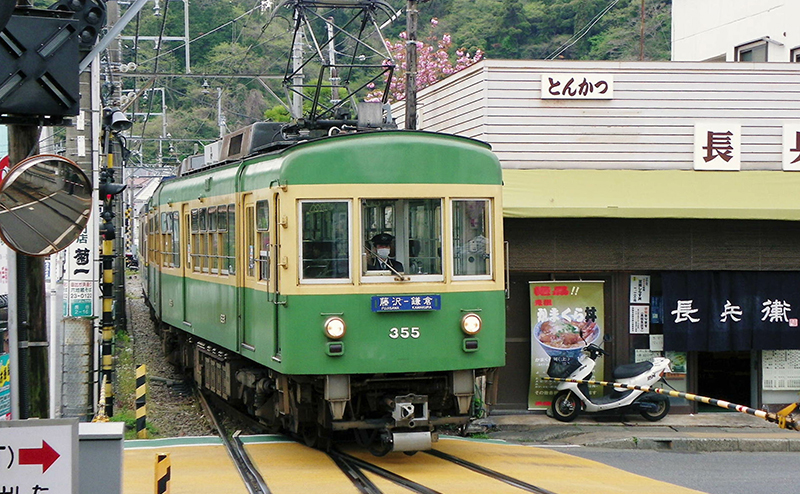
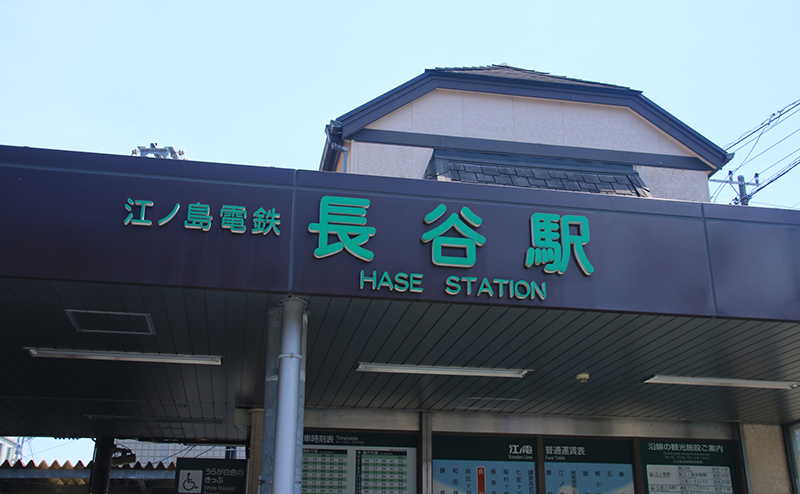
Review of route
A.(Start)Gokurakuji station.
↓ 30m
B.Gokurakuji Temple
↓ 350m
C.Kamakura ancient road “Kiridoushi”
↓ 60m
D.”Joujuin temple
↓ 200m
E.Chikaramochiya
↓ 800m
F.Gongoro Shrine
↓ 400m
G.(Goal)Hase station
Total 3.6km(Does not include travel within the facility)
Access to Gokurakuji Station
3-7 Gokurakuji, Kamakura City, Kanagawa 248-0023
Enoden Gokurakuji Station is about 7 minutes from Kamakura Station to Gokurakuji Station.
Parking around Kamakura
Kamakura stroll Official Website
Gokurakuji Temple : here
Kamakura ancient road “Kiridoushi” : here
Joujuin temple : here
Chikaramochiya : here
Gongoro Shrine : here

